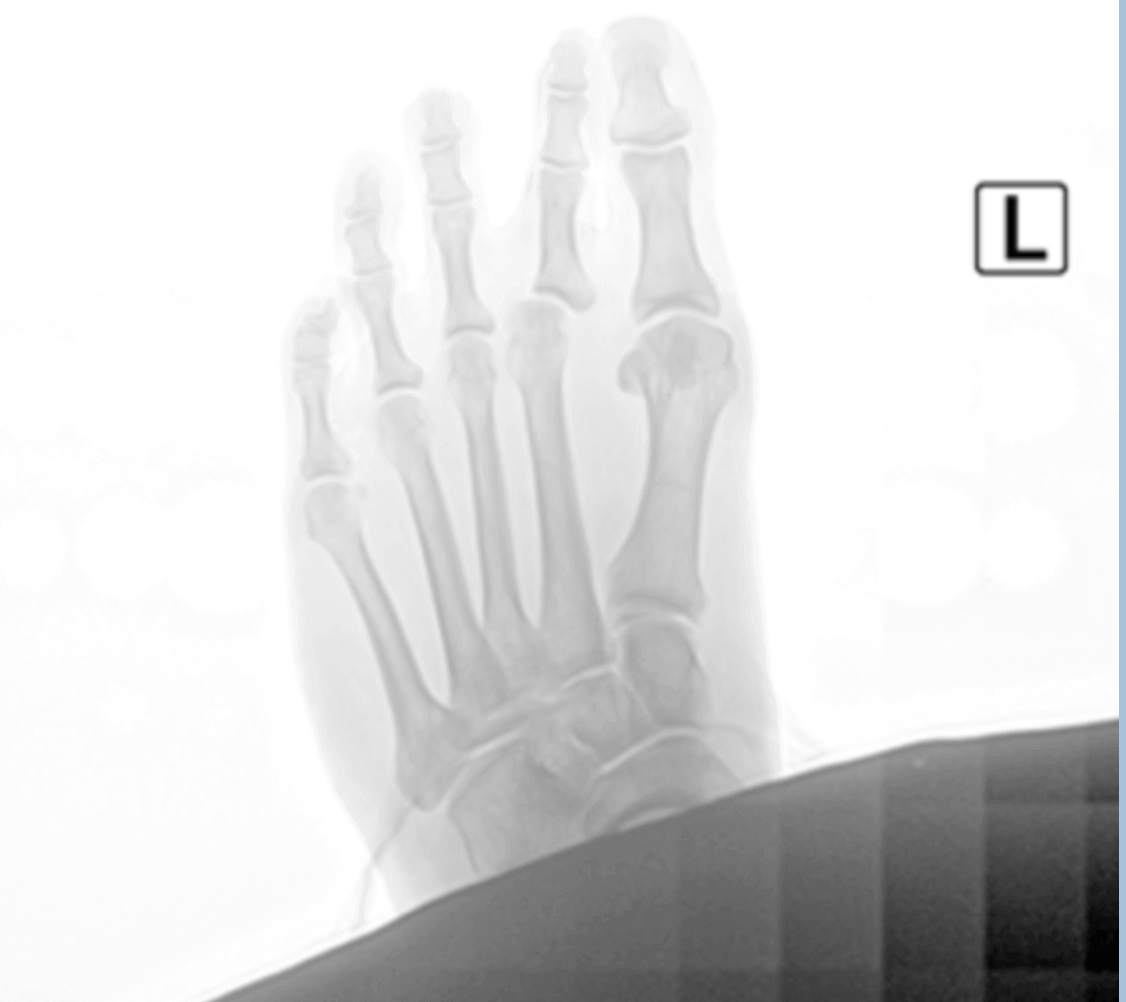Early treatment for bunion pain is the best course of action. Bunions are progressive and early intervention will help control the rate of progression. If bunions are treated early the liklyhood of surgery is reduced or delayed.
Dr. Timothy Young and Dr. Brandon Nelson were named Top Doctors for 2011 by Seattle Metropolitain magazine and have a dedicated resource for those with bunions. Bunions are a common condition treated by the "Top Docs" in podiatry and therefore have created the Washington Bunion Center. Visit the website for more information about bunion treatments.


 How long does it take to recover from bunion surgery is a common question we hear at our foot surgery center. Many patients are concerned about missing work or how long they will be unable to walk and we will explore both of these topics in detail. Contemplating foot surgery, ankle surgery or bunion surgery often creates many questions and concerns for patient’s especially recovery time. These are important questions and knowing these answers going into the surgery is important in order to make appropriate plans.
How long does it take to recover from bunion surgery is a common question we hear at our foot surgery center. Many patients are concerned about missing work or how long they will be unable to walk and we will explore both of these topics in detail. Contemplating foot surgery, ankle surgery or bunion surgery often creates many questions and concerns for patient’s especially recovery time. These are important questions and knowing these answers going into the surgery is important in order to make appropriate plans.
